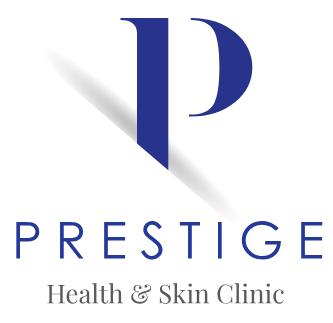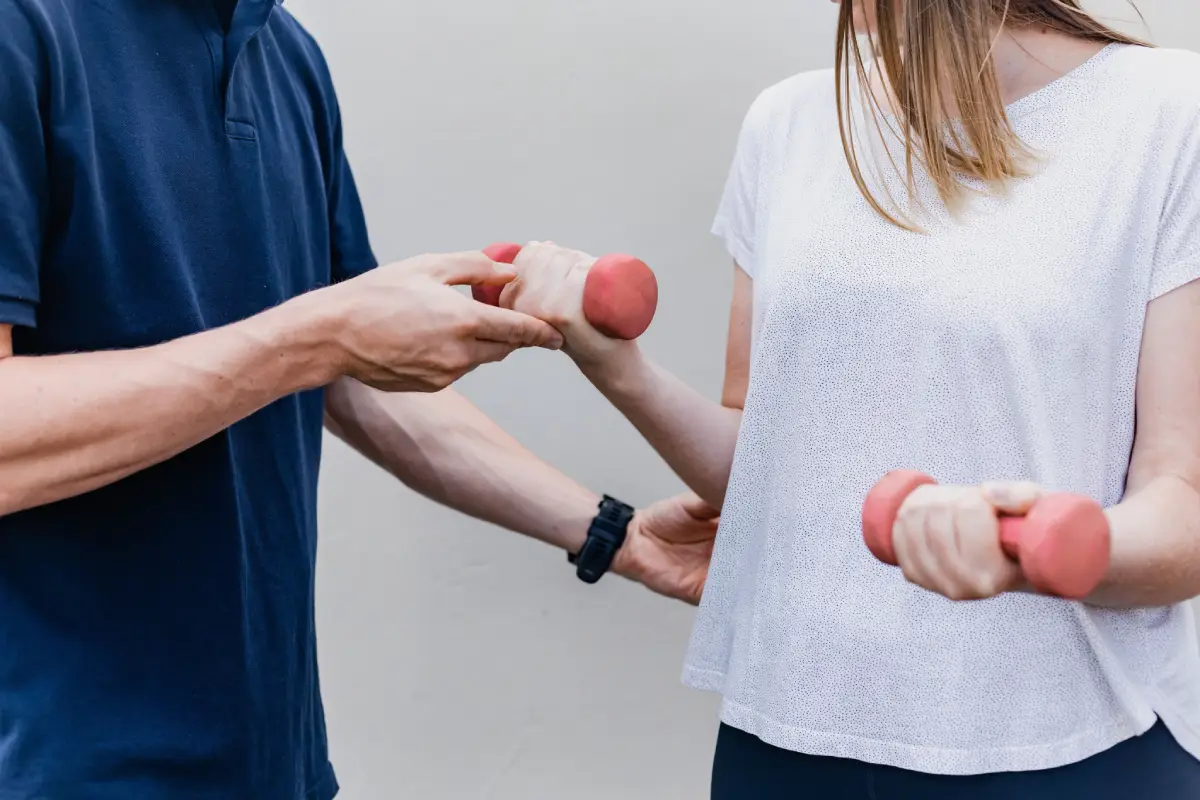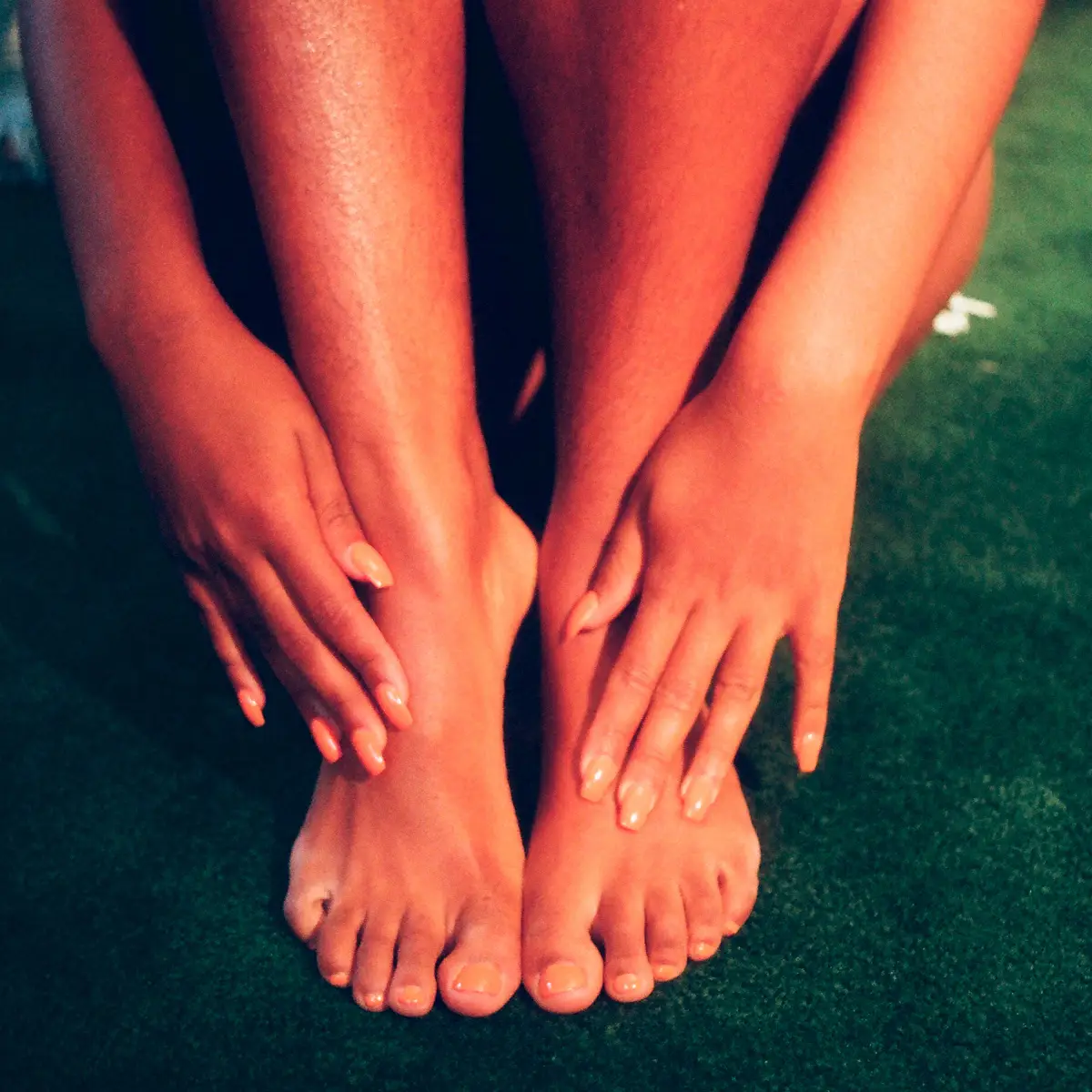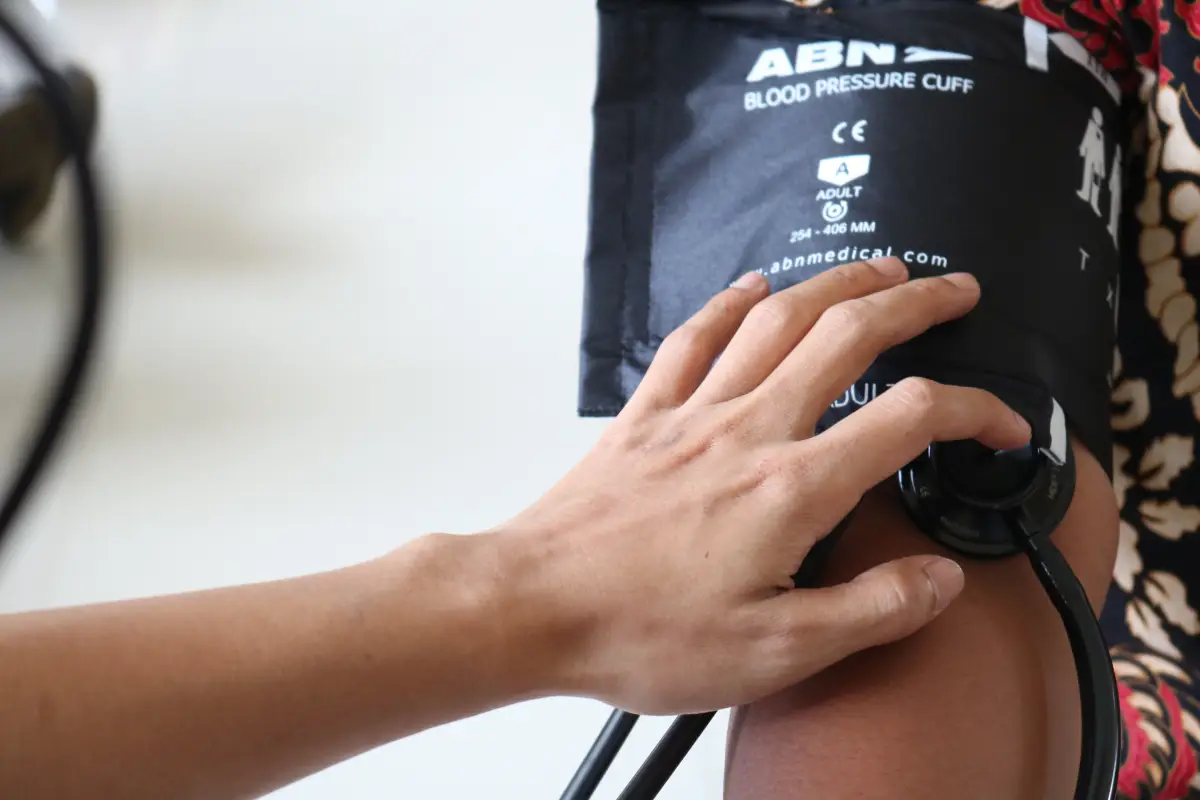Platelet-Rich Plasma
Platelet-Rich Plasma treatment is now a wide spread and well established procedure in all cases of alopecia.
What is PRP?
PRP (Platelet Rich Plasma) is blood plasma containing a high concentration of platelets. Although platelets are best known for their part in the blood clotting process, these cells are also considered a biochemical storehouse of growth factors that participate in recovery and healing of tissues by enhancing physiologic processes. Antiapoptotic effects of activated PRP have been suggested as one of the major contributing factors stimulating hair growth as it prolongs the survival of dermal papilla cells during the hair cycle. Follicular stem cell differentiation is induced, as well as prolonging the phase of the hair growth cycle.
PRP Preparation
PRP hair growth treatment is a quick outpatient procedure that takes about 20 min. Cellenis® PRP process begins by taking a blood sample in an anticoagulated tube with separation gel. The tube is then centrifuged for 10 minutes to separate the red blood cells and granulocytes from plasma with platelets.
Finally, Cellenis® PRP concentrate is injected into areas of the scalp that show hair thinning. Once injected in the dermal layer, platelet activation will occur, resulting in granule stimulation and growth factor release at the level of the follicles.
The Advantages of Cellenis PRP
Short Preparation and Handling:
- 10 minutes centrifugation.
- Entire process takes ~15 minutes.
- Gel separation technique along with filtration process enables the efficient preparation of pure PRP without catabolic erythrocytes and minimum level of catabolic granulocytes. Desired anabolic cells (mononuclear cells) are retained along with a controlled concentration of platelets with their growth factors. Stem cells from peripheral blood are concentrated.
- Easy to use – only 3 core components and 5 simple steps.
- No capital equipment is required – only a simple low cost fix angle centrifuge is needed.
- The flexibility of Cellenis® PRP system enables users to obtain higher or lower concentration by simply adjusting the amount of clear plasma removed from the tube.
- Closed system ensures optimal sterility and avoidance of infection.
- Two sizes of PRP tubes are available: 11ml and 22ml whole blood.
- CE (class IIB) and FDA (510k).
Follow-Up after Treatment
Usually, there is no downtime or recovery period after a PRP procedure. Patients can continue their normal life routine immediately after undergoing the treatment.
Following a PRP treatment the patient may experience minimal discomfort at the treated site.
It is important to note that anti-inflammatory pain medication (NSAids) are not allowed before and after the treatment.
How to Evaluate Improvement
Before PRP treatment, the area of concern should be microscopically evaluated, photographed and measured. Although results vary, improvement in hair growth should be measureable within 90 days, with hair growth continuing to improve over six months.
Every patient will respond differently, so routine follow-up is helpful in determining the success of the treatment and if PRP treatment should be repeated.
Combining PRP with other Therapies
A multi-therapy approach may be needed depending on the severity of the patient’s hair loss. PRP may be used as an adjunct to approved hair re-growth medications and other alternative therapies such as low level laser therapy and hair transplantation.
Studies
Most studies examined safety, efficacy and feasibility of PRP injections in treating alopecia.
Cellenis® PRP study (conducted under the Tropocells® PRP family) – 70 patients (31 males and 39 females) were recruited.
Protocol: PPP (13±1 ml) was withdrawn from the tube, remaining (5±1 ml) plasma where 85%±5% of the platelets were present, created the PRP. Local anesthesia was performed and a 1.5mm microneedling roller was applied to the scalp. PRP was then injected. Patients underwent 2 sessions 3 months apart.
At 12 months post treatment, there was a 44% improvement in hair growth. G. Amgar, P. Bouhanna
PRP injection is a simple, cost effective and feasible treatment option for androgenic alopecia, with high overall patient satisfaction. Khatu et al; Singhal P. et al
The generic term “platelet-rich plasma” does not allow for a clear distinction between the available PRP systems, because it does not take into account some key specifications such as platelet concentration potential,
presence or absence of cells such as granulocytes. Not all platelet concentrates are created equal… the many different systems that are available today in an ever-expanding market often lead to different types of blood aggregates, with different biology and potential uses. Schiavone G et al
PRP therapy stimulates hair growth through the promotion of vascularization and angiogenesis, as well as encourages hair follicles to enter and extend the duration of the anagen phase of the growth cycle. Gupta AK, Carviel J.
Cellenis PRP Skin Rejuvination
What happens as our skin ages?
During the natural ageing process, many changes occur to our skin. There is a loss of collagen and elastin and skin becomes less elastic. Wrinkles and sagging occurs. The epidermis loses lipids (fatty substances) that keep skin moisturized, further contributing to the wrinkle problem. Skin becomes thinner as we age – almost transparent in some cases, and loses a lot of the underlying fat layer that keeps young skin smooth and supple. Older skin also experiences a decrease in size or loss of oil and sweat glands over time, which contributes to dry skin. Exposure to ultra-violet light and certain medications and pollutants, can weaken the skin and the blood vessels in the skin.
Skin’s complexion and texture can change over time, too. Probably the most dreaded sign of aging skin is the appearance of age spots, also called liver spots, which are flat areas of dark pigmentation that often appear on the face, chest, hands, arms and shoulders.
Another way in which skin changes as we age is in its ability to renew itself. Skin regenerates very fast in children, but the rate at which it renews gradually slows with age. Very old people’s skin still regenerates, but it does so quite slowly.
Platelet-Rich Therapy
Why not make use of the growth factors stored in the platelets in our blood to rejuvenate our skin, to act as our insurance policy against these ageing effects?
Cutting edge treatment advances, means that clinicians are able to separate plasma containing platelets from whole blood during your aesthetic clinic visit. How efficiently this process is done, depends on the type of PRP system your clinician chooses to use.
By injecting platelets in a Platelet Rich Plasma, we harness the new tissue regeneration ability of growth factors. Platelet Rich Plasma (PRP) assists in recovery from the aging process and importantly, enhances the results of other rejuvenation treatments such as but not exclusively, micro needling, laser, Plexus, RF. PRP is used in combination with hyaluronic acid (HA) as well.
While results may vary, most patients’ results will last for up to 18 months when a top-up is needed. Over the days and weeks following treatment, growth factors released by the platelets stimulate the growth of new blood vessels and more collagen growth, thickening the epidermis and providing an improvement in the skin’s texture and tone.
Benefits
- Improved skin texture and tone (silkiness).
- Increase in skin thickness and vitality.
- Refinement of signs of aging (lines, spots).
- Reduction of dark circles.
- Hydration.
- Reduction of scars (acne, stretch marks).
Stimulating
- Fibroblast proliferation.
- Stem cell proliferation and differentiation.
- Collagenesis and ECM formation.
- Vascularization.
- Treatment with Cellenis®PRP results in a restoration of skin moisture and glow, and an improvement in skin texture and tone.
- Cellenis®PRP is your insurance against ageing. You will maintain a youthful skin appearance better than a person who has not had Cellenis PRP treatment
Cellenis®PRP is safe and effective, versatile, non-allergenic, and offers virtually no downtime or side effects.
From the variety of difficult areas that can be treated, to the treatment’s short downtime, the list of reasons to have PRP therapy is long. The treatment is suitable for all skin tones.
Post PRP Treatment Care
- Do not touch/wash area for 4 hours.
- No cosmetics/moisturiser for 24 hours (discuss with your clinician).
- No further skin treatments (e.g.peel, laser) minimum 48 hours.
- After 24 hours continue with vitamin C topically and orally.




